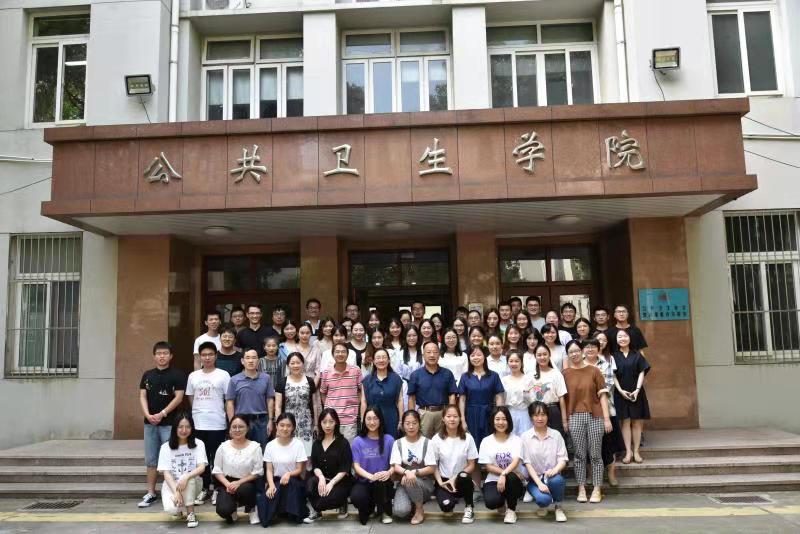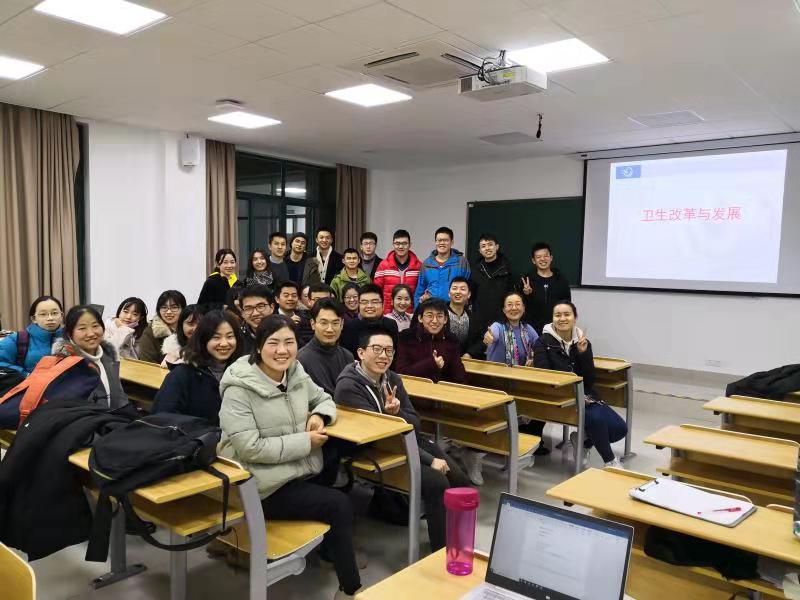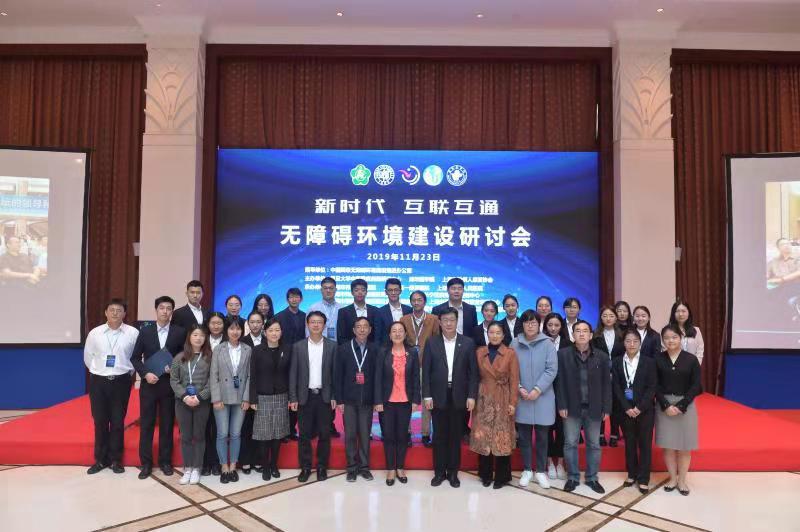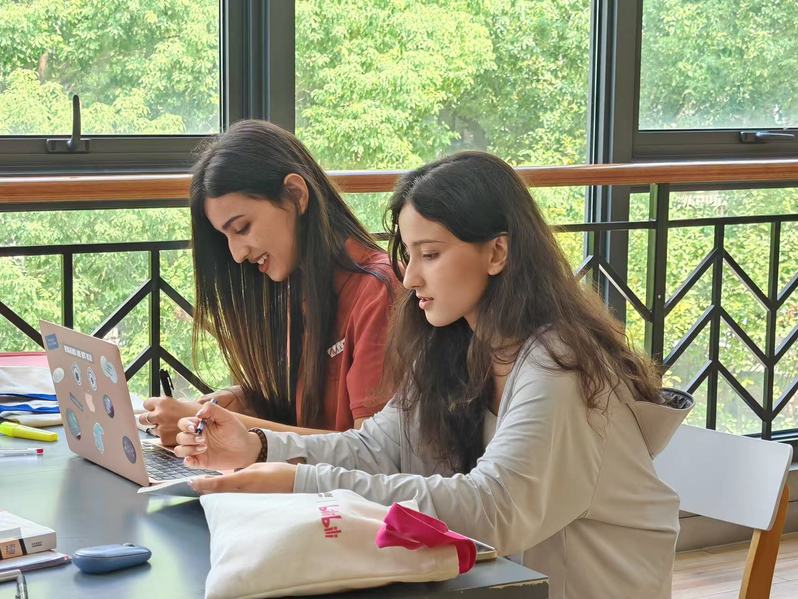Disability has been a lifelong concern haunting individuals and their families worldwide. Across the world, the population of people with disabilities was estimated to surpass 1 billion, of which 80 million were Chinese citizens, according to the World Report on Disability by WHO and WBG in 2011. A report released by State Council in 2019 reveals that the number of people with disabilities in China has exceeded 85 million.
To raise the awareness of the public on disability and improve the living environment for people with disabilities, the UN Assembly set December 3 of each year as the International Day of People with Disabilities in 1992. China was among the first countries to sign the Convention on the Rights of Persons with Disabilities in 2007. The recent major efforts include listing disability related issues in Healthy China 2030 Initiative of 2016 and Regulations on Prevention and Disabled People Recovery of 2017.
Shanghai, where elevators and lifts are found in almost all underground stations and wheels chairs can reach most of public spaces, is a pioneer in promoting accessible environment for people with disabilities. Such achievements would be impossible without the efforts of the governments, organizations and many devoted scholars. Lv Jun, a professor from the School of Public Health of Fudan University, is such a leading figure in the construction of the accessible environment.

Lv Jun
“Everyone is under the risk of disabilities.”
“A few years ago, I was hit by a car when crossing the road. I suffered severe cheekbone fractures and was confined to a wheel chair for several months. It was painful for me to speak and have meals served by others. At that time, I strongly realized that everyone was at the risk of becoming disabled at any stage of our life and what I had been doing was for the good of every one.”
People with disabilities, just like every one of us, would like an accessible and comfortable life in the end. This is another reflection of Maslow’s hierarchy of needs in real life. Lv said they were progressing well by meeting the material needs of people with disabilities in the past years, but as their work continued, they met a bottleneck. Many persons with disabilities they followed up told Lv their life quality hadn’t been elevated much. That was when Lv realized a major change need to take place in their conceptual framework of disability assistance and then the idea of building a barrier-free environment in China came into sight.

Lv Jun with the faculty and students from the FDU School of Public Health
Winding back to 2002, Lv was taking up projects related to the health management of specific groups ranging from the newborn and the elderly. She conducted research on neonatal disease screening and treatment, dementia rehabilitation in senior citizens, postpartum depression, etc. These studies sowed the seeds for her to later shed new light on the perception of disability and her identity shift into a disability expert.
“Children with phenylketonuria (PKU) and hypothyroidism usually manifest hypophrenia. But when revisiting the children after we finished that project, we were informed that one of the kids we helped, after taking our rehabilitation advice, later was enrolled in one of the best high schools in Shanghai.” Lv was very proud of it, for their efforts have brought the improvement of life to both the individuals and their families. Probably, this has also encouraged Lv and her team to further their research on disability.
“Disability is not the problem in itself but brings problems.”
In December 2015, the China Research Center on Disability at Fudan University was established under the joint supports from China Disabled Persons Federation (CDPF), Shanghai Disabled Persons Federation (SDPF) and Fudan University. The Center also serves as a think-tank drafting evaluation reports for governmental policy-making on disability.
As the director of the Center, Lv emphasized that their studies focus on issues brought by disability rather than treat disability as a problem. For her, it is the demands at different stages of life cycle for services and the sense of satisfaction that call for the efforts in enabling environment construction.

Lv Jun with her students in a class
She explained, “I’ve told my students we come to this world with physical immaturity and leave this world usually in a similar limitation. Disability is not a disease but something we gradually ease as we grow up and that finds its way back when we grow old.”
According to Lv’s findings, the aging society and urban pollution are raising the disability rate in China. While most senior citizens more or less suffer from cardia-cerebrovascular problems, other illnesses such as diabetes, high blood pressure and strokes have spread to younger generations due to the normality of long office hours and overwhelming anxiety.
Efforts on the disability prevention, rehabilitation and technological assistance
Prevention, rehabilitation and technology were the three words Lv repeated throughout the interview.
Due to limited living spaces in big cities and some out-of-date designs inherited from the compact architectures decades ago, people with disabilities face difficulties in rehabilitation and may even suffer accidental aggravation. The situations are worse in rundown corners of the city. Steep stairs compounded with dim light and humidity are all potential risks even to healthy people, putting themselves in harm’s way and making them prone to disability.
Doors in some households may not allow even a normal-size wheelchair to pass through, said Lv. If the real estate developers considered the need of wheelchair users and made the door frames wider than 80 cm, people on wheelchairs would easily come through the door. “Our tasks are urgent, because if changes, though tiny, are made earlier in public projects, can save a lot of troubles later,” Lv remarked.
In terms of technological assistance, Lv hopes to utilize the comprehensive strength of interdisciplinary collaboration. That is, apart from adopting medical expertise to provide therapies, people with disabilities can have access to various service at different scenarios empowered by technology. For example, persons with disabilities can use an iPad to draw curtains and turn on/off lights themselves. “But remember every person with disabilities has unique needs. A person without a leg requires different needs from a person without an arm,” She added.
Future Plans
Lv started disability studies during the 10th National Five-year Plan period and is currently still on the way to completing multiple research projects, many of which are funded by the National Social Science Foundation or entrusted by the Shanghai municipal government.
Since 2015, Lv has been organizing the annual Sunshine Forum, a national meeting that gathers governmental officials, disability organizations and research institutes. She was also invited to show up on TV programs to promote knowledge on disability and enhance public awareness.
On November 23 this year, under the proposal of Lv, the CDPF-Fudan Barrier-Free Environment Research Base was officially launched. The barrier-free environment construction is probably influenced by the idea of “universal design” Lv learned during her visits to the US universities years ago. Lv said, building an enabling environment doesn’t mean we have to change everything but just make the life of the persons with disabilities easier with some alterations in design by meeting the social situations and the basic demands of the people.

The launching ceremony of CDPF-Fudan Barrier-Free Environment Research Base
“For example, if we are to build a barrier-free environment on campus, we can offer one or two accessible classrooms in a specific teaching building to the students with disabilities. In addition, it’s desirable for universities to build at least one accessible library, one canteen, one grocery shop and a room for sports to meet the student’s basic needs.”
One of the next plans for Lv’s team is to deepen their research by seeking more proper international cooperation. Lv said, “My team is looking for long-term strategic partners rather than financial supports for our research and I’d really appreciate our collaborators, if any, are willing to address the issue on China’s disability with us and participate in more projects as we progress down this path.”
Now, her team is working on building a demonstration area designed for the development of children with disabilities. “I visited a children’s facility in Beijing run by the Italians and it focuses on the rehabilitation and development of children with disabilities. The facility doesn’t cover a large area but is designed well catering for the needs of the children, which is worth our learning, so we’ve been discussing with them about collaboration.”
In Lv’s opinion, what she is now after is to bring more visible and touchable improvements to the people with disabilities, which also explains why the research of Lv’s team is mostly driven by the demands from the people with disabilities and infilled with many down-to-earth efforts in terms of public health management.





